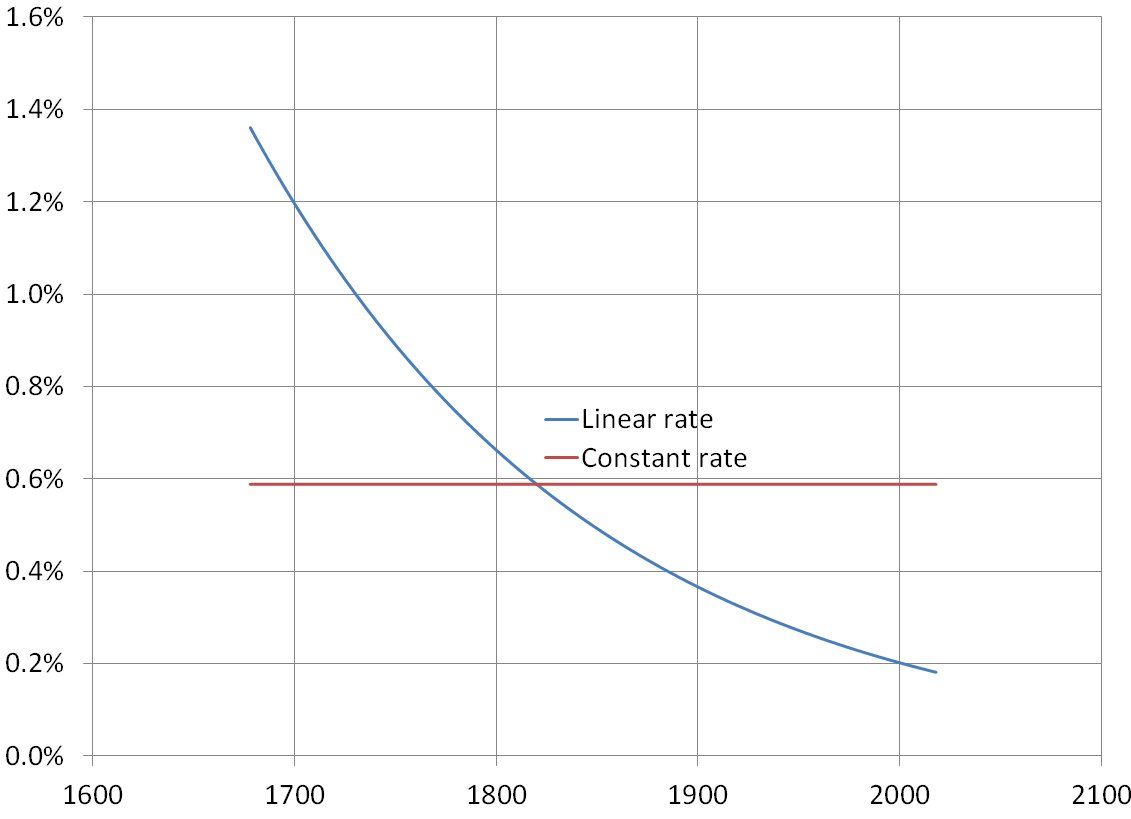
Ph.D. in AI. Sr. Foresight Analyst, Horizons. Coder, numbers whiz, foresight expert. Sworn to use Evil powers only for Good. He/they.
@wikisteff@mastodon.social
How to get URL link on X (Twitter) App


https://twitter.com/PolicyHorizons/status/1628428150626746368What's in here?



 @LauraMiers Update: after much, much pushback on this chart (and a lot of retweets), I looked much more carefully and with updated data at what we know about COVID's infectiousness, and at RAT's sensitivity curves.
@LauraMiers Update: after much, much pushback on this chart (and a lot of retweets), I looked much more carefully and with updated data at what we know about COVID's infectiousness, and at RAT's sensitivity curves.

 @avantgame RSV appears to care more about lockdowns, at least here in Ontario, achieving a test positivity rate of almost 20% at the same time as the Omicron megawave hit in December 2021.
@avantgame RSV appears to care more about lockdowns, at least here in Ontario, achieving a test positivity rate of almost 20% at the same time as the Omicron megawave hit in December 2021.


 @zalaly I suspect that sadly the number of people with COVID reinfections in your sample has likely grown quite a bit since this cohort, and I view the question of whether risk increases quadratically or linearly across multiple infections as the most important research question today.
@zalaly I suspect that sadly the number of people with COVID reinfections in your sample has likely grown quite a bit since this cohort, and I view the question of whether risk increases quadratically or linearly across multiple infections as the most important research question today.
https://twitter.com/Billius27/status/1588304987406315520- endemic disease does not mean lower virulence (96%);

https://twitter.com/ArmchairEpi/status/1578945428376416257First, I need an operational definition of "full of COVID". I used a bar that I went to on St. Patrick's Day, just after the COVID mask mandate was removed in Ontario.
https://twitter.com/lisa_iannattone/status/1519723055467139073Biden knows this, so avoids it. It's game theory.

https://twitter.com/jburnmurdoch/status/1501886435145699328Here are the distributions of UK waves from covariants.org over time. Gray is Wuhan-1; orange is EU-1; red is Alpha; green is Delta; and purple is Omicron.



The answer is, of course, the assumption of stationarity.
External Tweet loading...
If nothing shows, it may have been deleted
by @St_Rev view original on Twitter